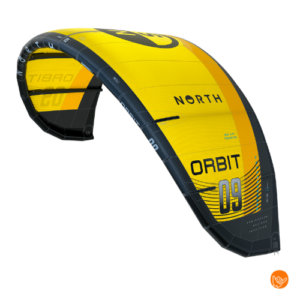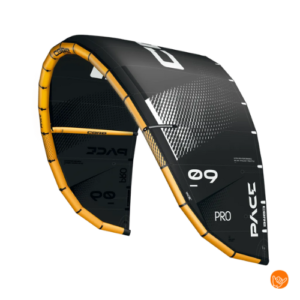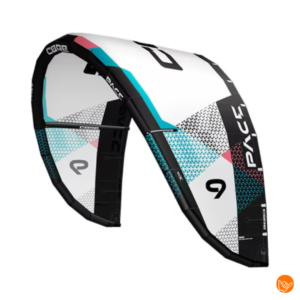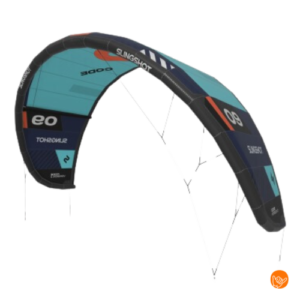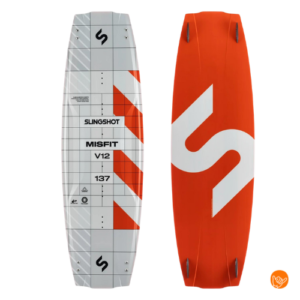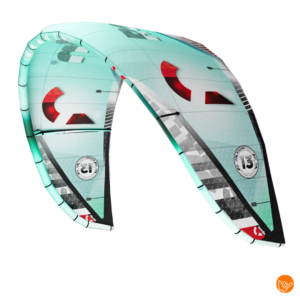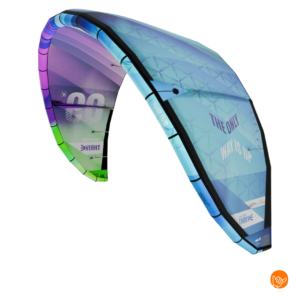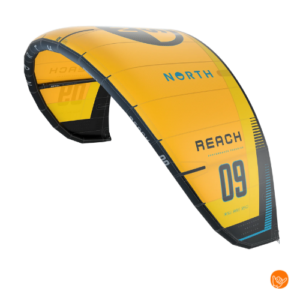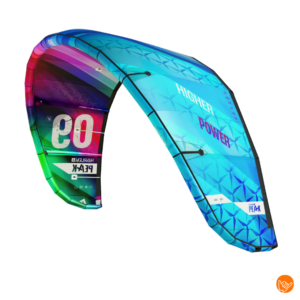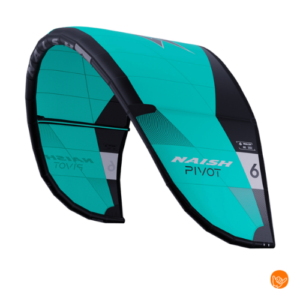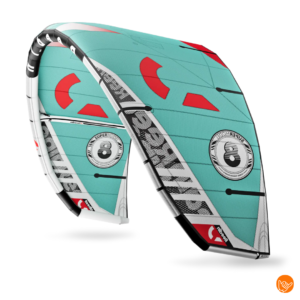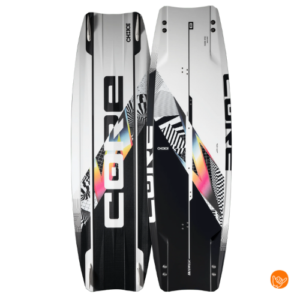For beginners, a beginner-friendly kiteset essential for learning to kitesurf safely and effectively. This consists of a larger, more stable kite (10-14m²), a twintip board, and comprehensive safety systems. The kitegear hire offers beginners the opportunity to try out different sizes and types without large investments, while learning which equipment best suits your skill level and local wind conditions.
What makes a kiteset suitable for beginners?
A beginner-friendly kiteset is characterized by stability, safety and forgiveness. The kite has a larger surface area (usually 10-14m²), which makes it more stable in the air and less aggressive in responding to steering commands. The board is wider and shorter for more stability, and all safety systems are easy to operate under pressure.
The key features of a beginner kite set are a predictable kite with slow turning speed, a depower system that is easy to control, and a board with soft flex for comfortable landing. These features allow beginner kitesurfers to focus on learning basic techniques without worrying about unpredictable behavior of their equipment.
When renting a kite set for beginners, it is important that the kite has a wide wind window. This means that the kite is usable in different wind conditions, which is ideal during the learning period when you are still learning to assess which conditions are suitable for your level.
What kite size do you need as a beginner kitesurfer?
As a beginner kitesurfer, you usually have a kite of 10-14 square meters needed, depending on your body weight and local wind conditions. Lighter individuals (50-70kg) can start with 10-12m², while heavier beginners (70-90kg) are better off with 12-14m². Larger kites offer more stability and are more forgiving of mistakes.
Your body weight plays a crucial role in determining the right kite size. For every 10 kilograms of body weight, you need about 1-1.5 square meters of extra kite surface area. In light winds (10-15 knots) you will need a larger kite, while in stronger winds (20+ knots) a smaller kite will suffice.
Wind conditions also determine your choice. Beginners learn best in steady winds of 12-18 knots. In these conditions, a 12m² kite gives enough power without being overwhelming. The advantage of renting kitesets is that you can try out different sizes to discover what works best for you in different conditions.
A practical rule of thumb: always start with a slightly too big kite than too small. You can always depower a kite that is too big, but a kite that is too small does not give enough elevator and makes learning more difficult. Experienced instructors can help you choose the right size based on daily conditions.
What is the difference between a twintip and directional board for beginners?
A twintip board is symmetrical and can be sailed in either direction, while a directional board is asymmetrical and has only one sailing direction. For beginners, a twintip board is the best choice because it is easier to master, requires no jibes, and you can sail without changing direction by simply turning your kite.
Twintip boards have identical tips on both sides, allowing you to simply flip your kite after each run without turning the board. This makes the learning process much easier because you can concentrate on kite control and waterstart techniques without worrying about complex turning maneuvers.
Directional boards are more like surfboards and are designed for wave surfing with a kite. They have a distinct nose and tail, requiring you to learn to jib (turn) to change direction. This requires more technical skill and is therefore better suited for advanced riders who have already mastered their kite.
For beginners renting a kiteset, a twintip board offers more advantages: it is more stable on water starts, more forgiving on landings, and you can progress faster. Directional boards are interesting to try out later when you have mastered the basics and want to experiment with different riding styles.
What safety systems are essential when renting a kiteset?
Essential safety systems in a kiteset are the quick release system, safety leash, and a reliable depower system. The quick release provides instant release of the kite in emergency situations, the safety leash keeps the kite connected but deactivated, and the depower system lets you reduce the power of the kite while kiting.
The quick release system is the most important safety element. This should be easy to operate with one hand and under pressure. Upon activation, the kite is immediately deactivated but remains connected via the safety leash so you can stow the kite and not lose it.
A good safety leash is made of strong material and has a secondary release system. If you need to release the kite completely, you can also activate the leash to break all connection. This is only necessary in extreme emergencies because you will lose your kite.
The depower system allows you to adjust the power of your kite while kiting. Pulling the bar toward you gives you more power, pushing it away reduces the power. This system should work smoothly and respond instantly to your input.
At the put together kitegear you should always check that all safety systems are working properly before going out on the water. Test the quick release on land, check the leash for damage, and make sure you know how all systems work. Safety is always paramount in kitesurfing, especially during the learning period. For more information on safe kite sets and personal advice, please feel free to Get in touch contact our experts.











